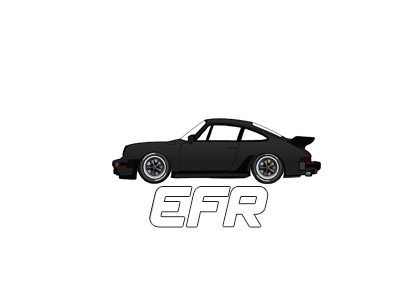Ceramic coatings offer a unique solution for containing radiant heat within a medium. While the degree of cooling varies depending on the specific coating used, it is important to note that most ceramic coatings do not significantly reduce the temperature of the medium itself. To illustrate, if a thermometer were placed directly against coated downpipes, the temperature difference would typically be around 8% cooler compared to uncoated downpipes.
However, the primary benefit of ceramic coatings lies in their ability to effectively contain radiant heat. In certain scenarios, measurements have shown up to a 30% reduction in radiant heat. This characteristic makes ceramic coatings particularly advantageous when transporting hot materials, as they minimize heat loss from the material into the surrounding environment.
By applying a ceramic coat, the heat emitted by the medium is effectively trapped and contained, reducing the amount of heat that dissipates into the air. This is particularly valuable in situations where heat retention is desired, such as in industrial applications or processes that require precise temperature control.
In addition to their radiant heat-containment properties, ceramic coatings offer a range of other remarkable advantages.
High chemical resistance: protecting the coated surfaces from the detrimental effects of various chemicals and corrosive substances. This quality ensures long-lasting performance and durability, even in harsh environments or industrial settings where exposure to corrosive agents is common.
Corrosion resistance: ceramic coatings provide unmatched protection. They form a robust barrier that shields the underlying material from corrosion-causing factors like moisture, oxidation, and environmental pollutants. This corrosion resistance extends the lifespan of the coated surfaces, reducing the need for frequent maintenance and replacement.
Durability: Their robust formulation and ability to adhere firmly to surfaces contribute to their exceptional durability. Even under challenging conditions involving mechanical stress, abrasion, or impact, ceramic coatings maintain their integrity and continue to provide reliable protection

